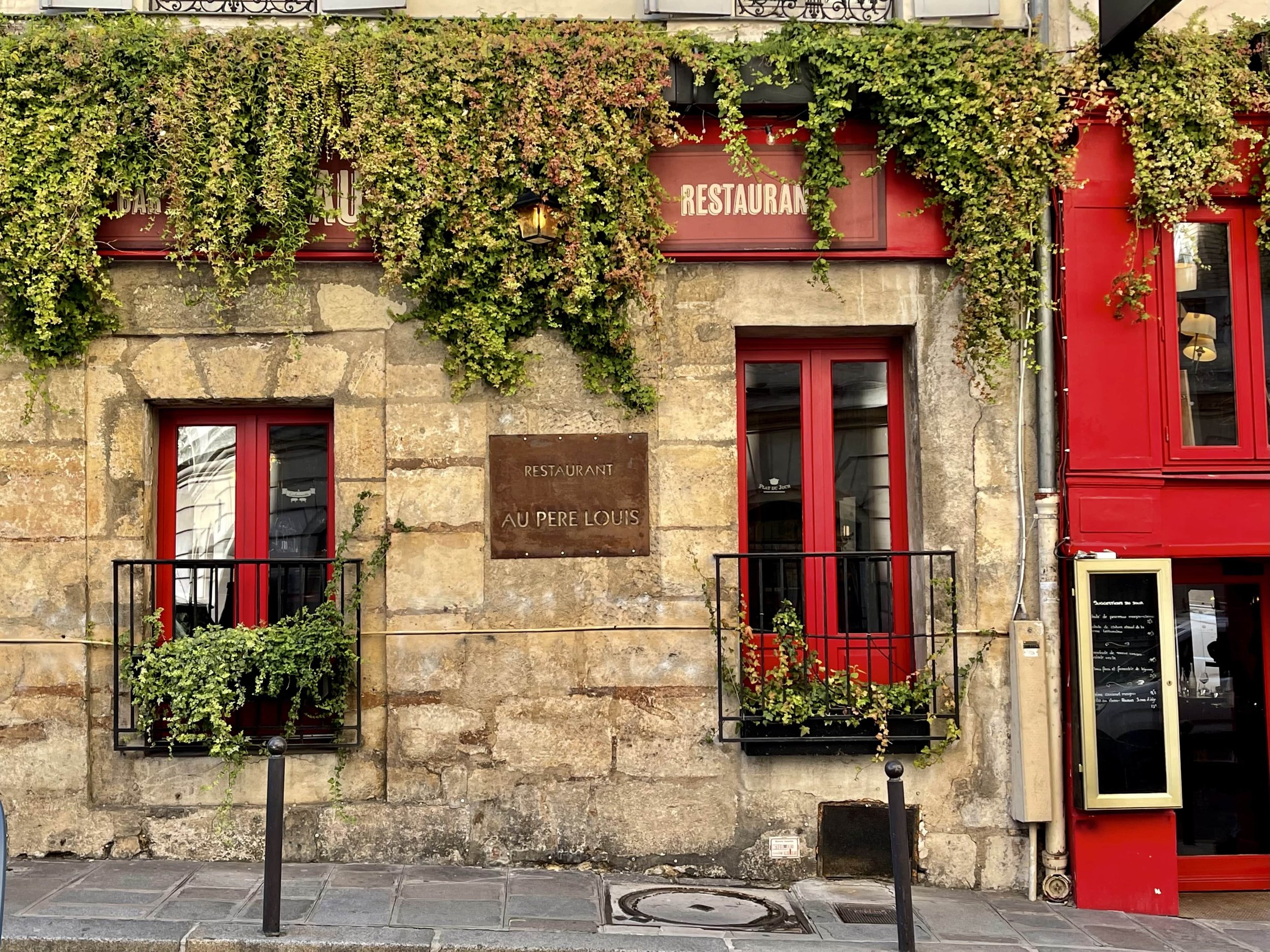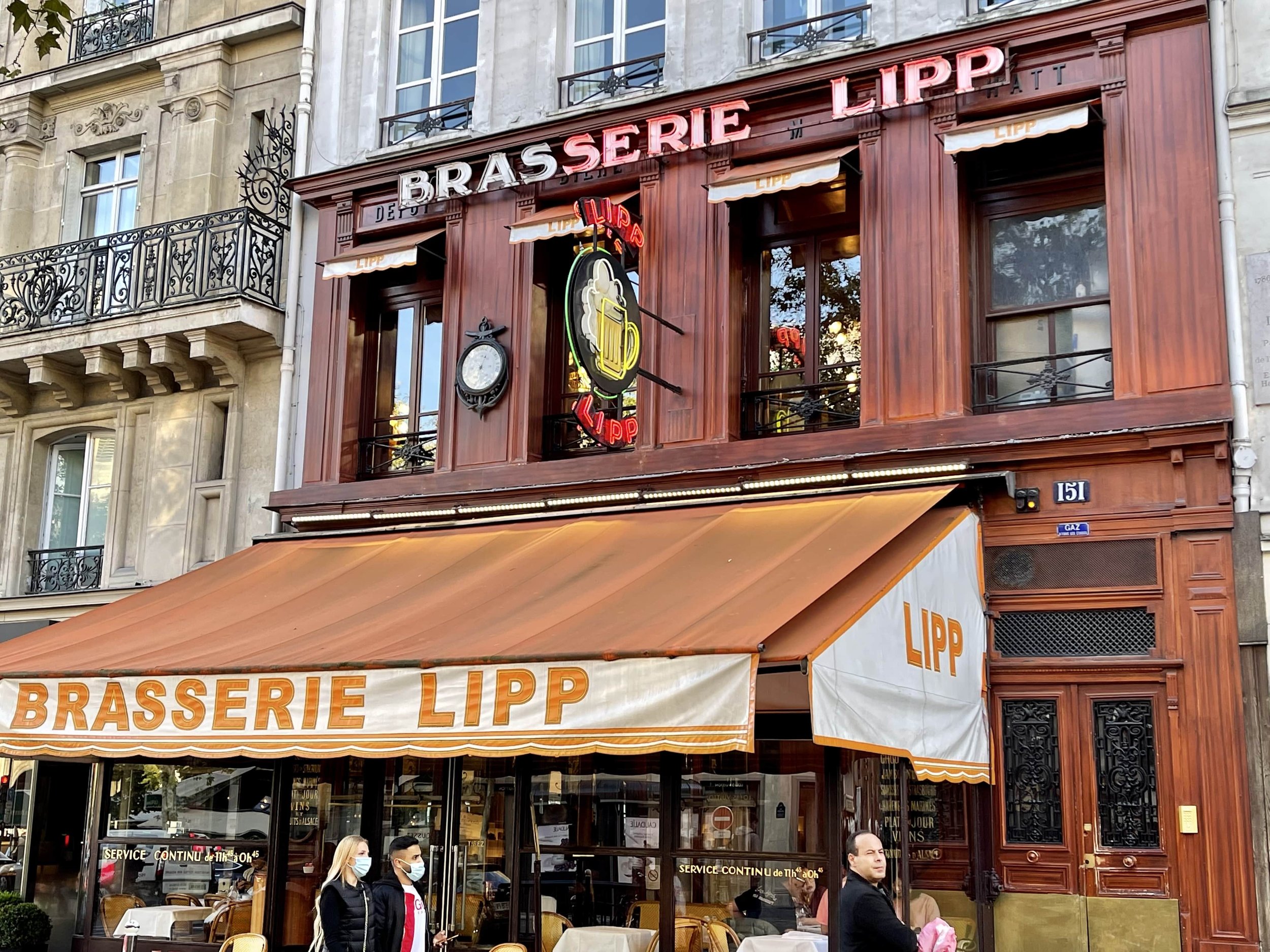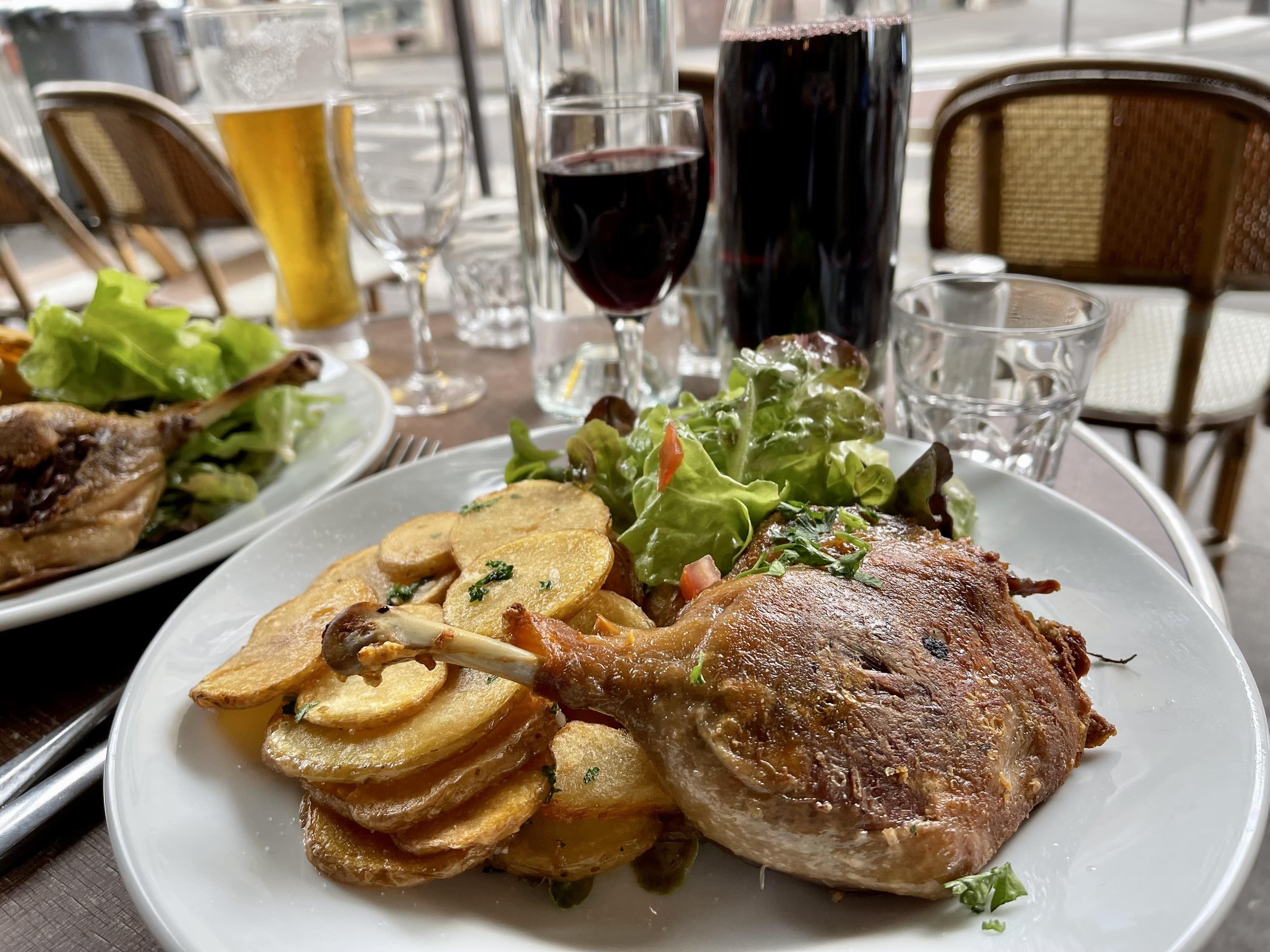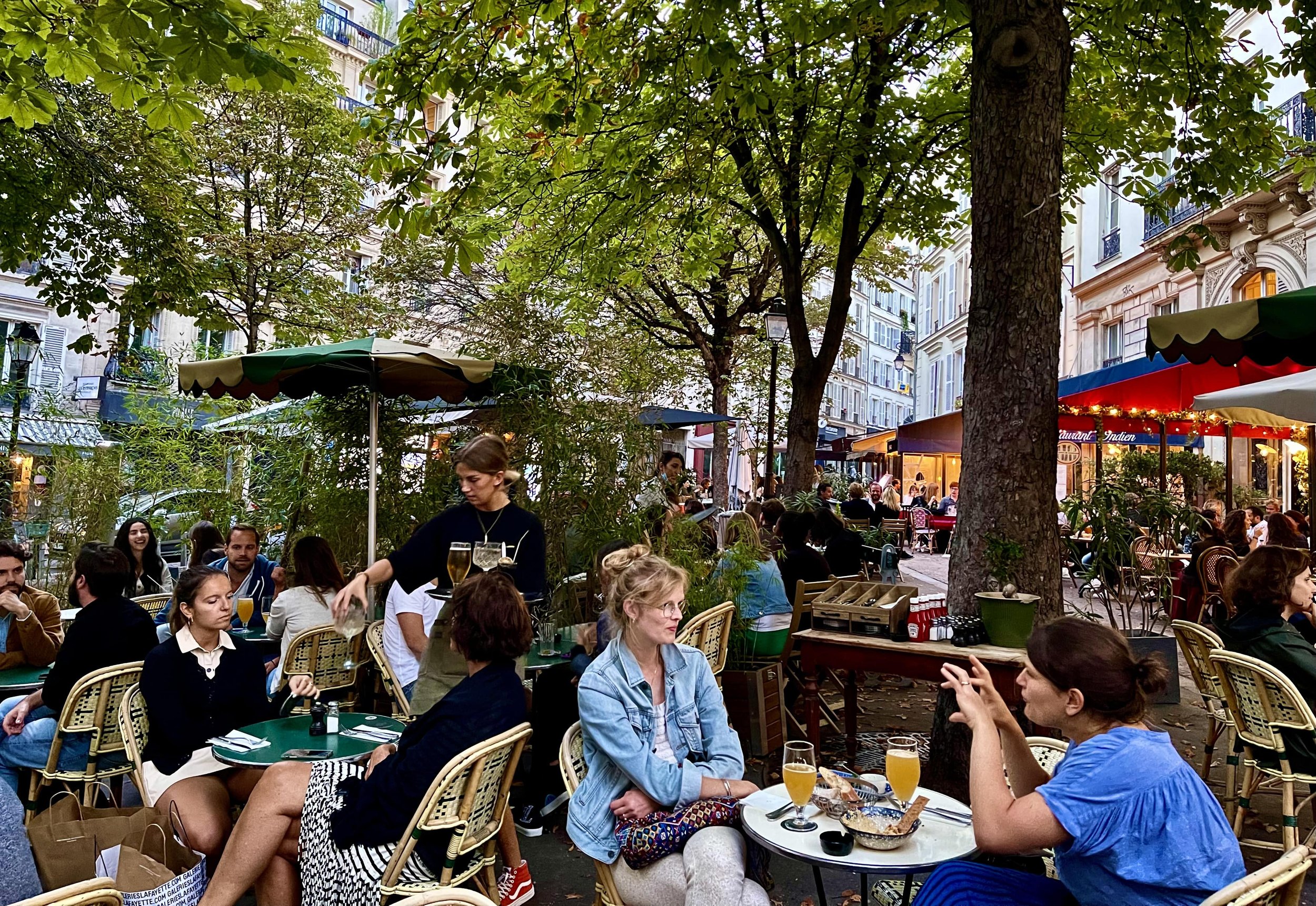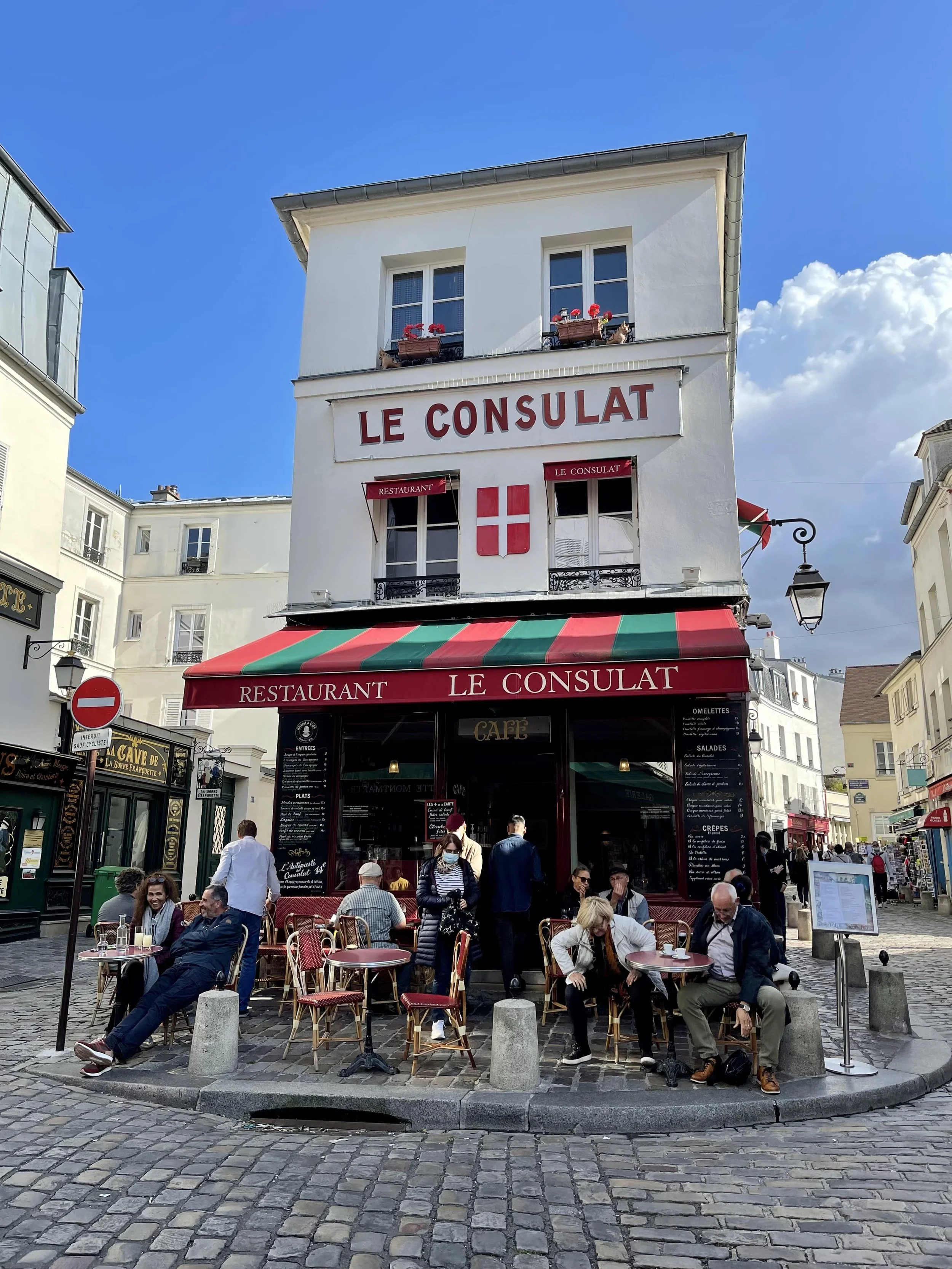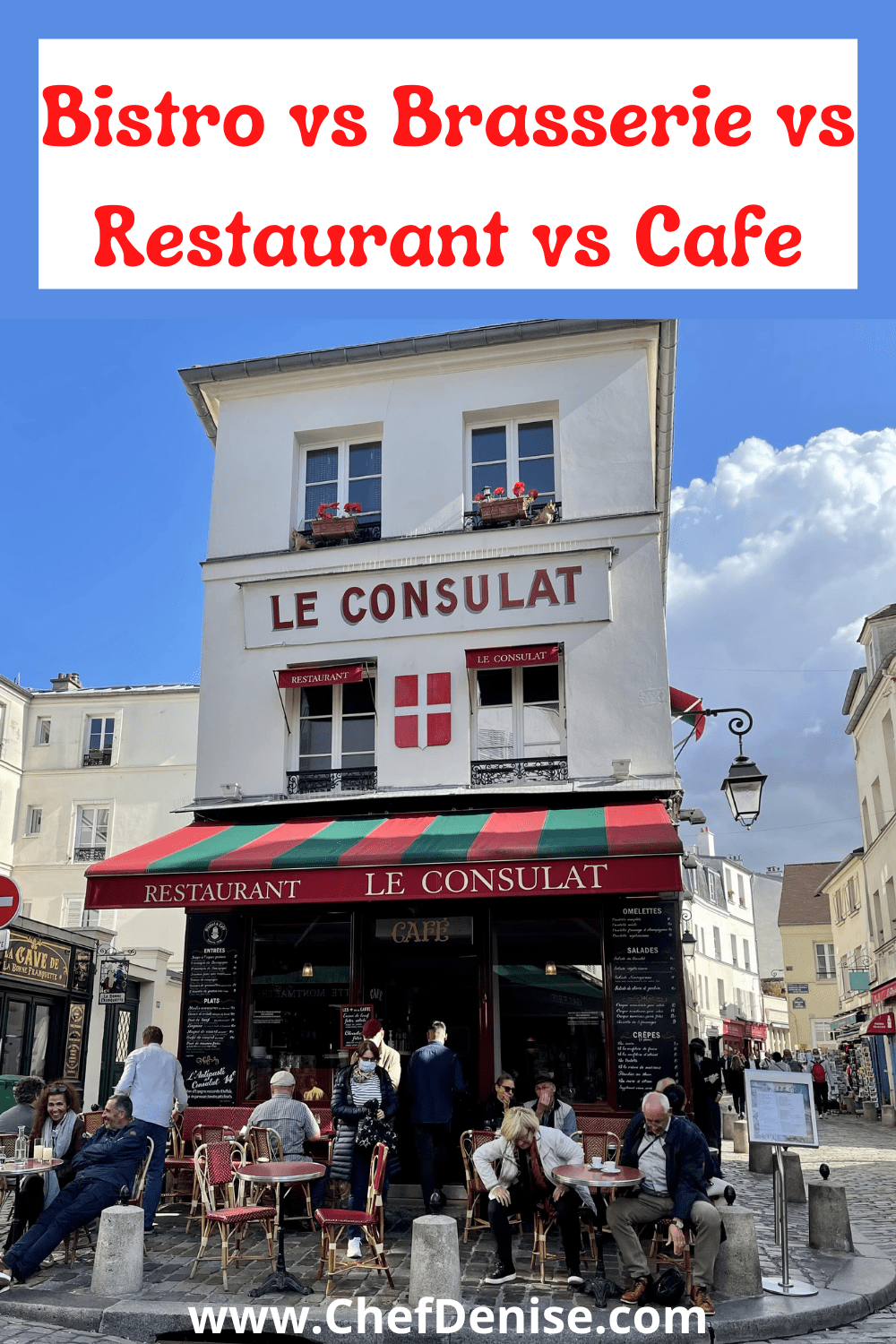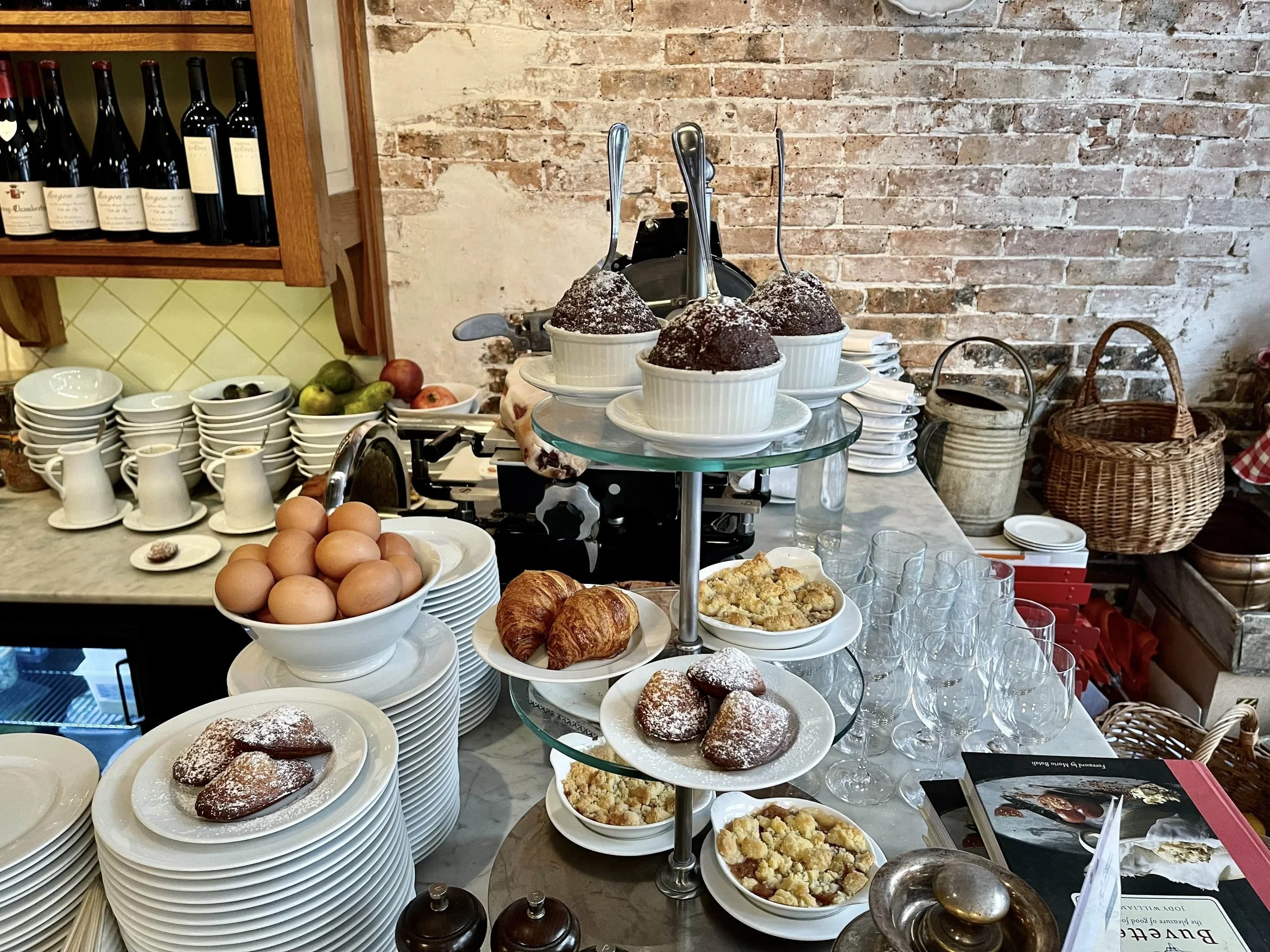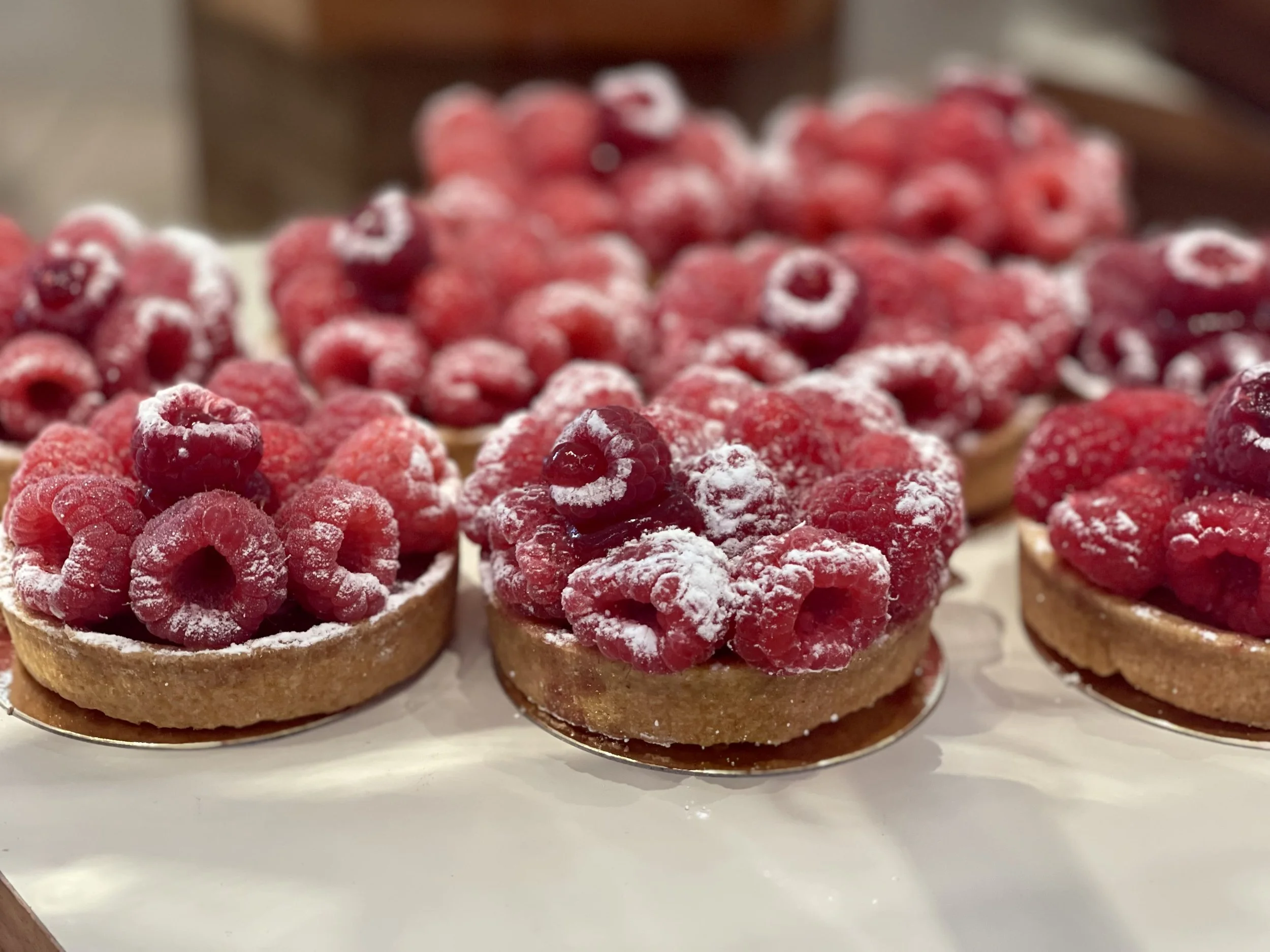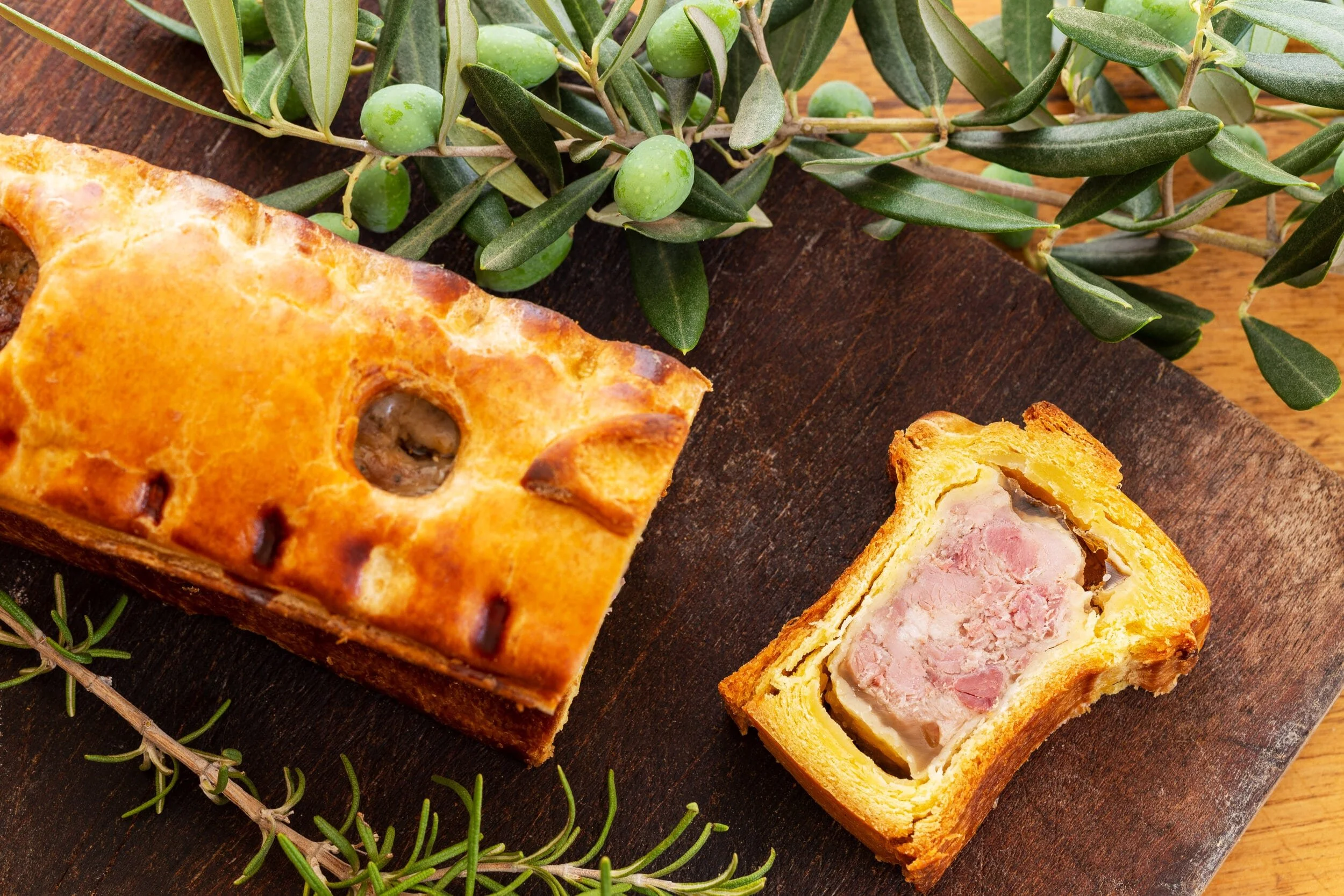Brasserie vs Bistro vs Restaurant vs Café: What’s the Difference?
If you’ve ever wondered, what is a brasserie, or what is a bistro, or what is the difference between a brasserie vs bistro vs restaurant vs café, here are your answers!
We all know that France is one of the culinary capitals of the world, offering an incredible array of amazing cuisine. French cuisine has even been declared a “world intangible heritage” by UNESCO.
However, many people don’t realize that in France, different types of eating establishments specialize in particular segments of the French food scene. Knowing what to expect from the mix of meal makers who make France their home can help you be sure you’re choosing the right kind of place to get the type of food you’re truly looking for.
Although the rules of yesteryear are not as fixed as they once were, French sit-down eating establishments generally break down into four different types: brasseries, bistros, restaurants, and cafés.
Food culture in France is always evolving, and many younger chefs chafe at the idea of staying only within one lane. You will see awnings and signs with “brasserie restaurant,” “bistro cafe,” and “café restaurant,” but to a large degree, knowing the differences among the four categories just mentioned will serve you well when you’re trying to decide whom to have serve you.
What Is a Brasserie?
Although brass finishings are common in brasseries, the meaning of brasserie has nothing to do with brass. The definition of brasserie actually has more to do with beer. The term “brasserie” originally meant brewery, and the culinary sense of the term expanded to cover eating establishments that brewed their own beer on the premises. These eateries began to proliferate in 19th-century Paris as beer gained popularity in the French capital. Nowadays, most brasseries also offer a full bar.
French Brasserie Hours
Brasseries serve food all day long, from morning until late at night, and usually have very traditional French fare.
French Brasserie Menu
Classic brasserie food includes steak tartare, coq au vin, steak frites, moules frites, and choucroute garnie. Dessert menus will most likely tempt with baba au rhum, crème brûlée, profiteroles, and tarte tatin.
Ambience of French Brasseries
Brasseries are often large, high-ceilinged, open venues that can be a bit on the noisy side. The typical brasserie-style décor often includes dark woods, leather banquettes, and oversized mirrors that diners can use to spot who else is in the house that day.
What Is a Bistro?
Some claim that the word “bistro” came from Russian soldiers who occupied Paris following the Napoleonic Wars, and who would purportedly shout “bistro,” Russian for “quickly,” at waiters thought to be operating too slowly. Whether or not to credit the Russians with the origin of their name, bistros are known for quick service.
French Bistro Hours
The greatest difference between bistros and brasseries: Bistros are typically open only for lunch and dinner, and close between the two meals. Hours vary, but lunch often runs from 12:00 to 2:30, and dinner from 7:00 until 10:30. Although this is a common difference between bistro vs brasserie, you should check the hours before you go.
French Bistro Menu
Another difference between bistro and brasserie? Bistros also serve traditional French favorites, and some bistro food may even overlap, but typically bistros have a more limited menu than brasseries and a greater focus on simple, home-style meals. Bistro menu options include soupe à l’oignon, confit de canard (duck confit), and cassoulet, but offerings will vary from place to place.
Ambience of French Bistros
In a way, bistros are something akin to a neighborhood go-to. The food may not be fancy, but it’s prepared with time-tested recipes and imbued with the nostalgia of the family meals made by French moms and grandmas.
A casual atmosphere is par for the course. Pretense is rare, with a warm welcome more often the order of the day.
What Is a Restaurant?
Whereas brasseries and bistros are known for traditional French fare, those establishments known by the term “restaurant” in France are incredibly varied in the type of cuisine they offer.
French Restaurant Hours
Like bistros, French restaurants typically have scheduled hours for lunch and dinner, while closing in between. The greatest difference between bistro vs restaurant is the food.
French Restaurant Menu
The food focus of every restaurant is bound by nothing other than the imagination and skill of the team operating it.
In larger cities, the variety is impressive. And in Paris, you can pretty much find any kind of food that you could be looking for. Paris is, after all, highly cosmopolitan, and in addition to all the restaurants specializing in their own take on French food, there are thousands of ethnic restaurants offering dishes from all around the world.
Restaurants in Paris
As is the case in almost any city anywhere, you can find restaurants ranging from reasonably priced to jaw-droppingly expensive; they can be casual or highly refined; subpar or sublime.
With over 40,000 restaurants in Paris, you should be able to find something that provides precisely what you’re after. Consider doing some research before you take your trip to make sure you have a chance to enjoy what you’re most looking forward to having.
What Is a Café?
If what you’re looking for has less to do with food and more to do with drinks and conviviality, cafés are the right choice. They are definitely more drink- than food-centric, and are places to relax and linger, whether alone or with a date, friends, or family, over coffee, tea, beer, wine—whatever your pleasure. After all, Hemmingway and Picasso used to linger at the famous Paris cafés for hours on end over a single coffee.
French Café Hours
Like brasseries, French cafés open in the morning and usually close late at night. The biggest difference between the two is the menu.
French Café Menu
Food is more often than not an afterthought at cafés. In the morning, it’s the typical French breakfast of a coffee or tea and breakfast pastries. For lunch and dinner a croque monsieur, a salad, a sandwich, a French cheese plate, are some common options on offer.
Read: Difference Between Croque Monsieur and Croque Madame
French Café Culture
Meals can certainly be tasty, but a wide offering of noshables is not part of typical French café culture. As in the past so too today, cafés are primarily a place for people to chat, engage in deep discussion, or simply catch up since the last time they shared some time together.
Tips for Dining in French Eateries
Reserve a Table at brasseries, bistros, and restaurants.
Reservations are a great idea if your heart is set on getting into a particular brasserie, bistro, or restaurant. Especially at bistros and restaurants, where lunch is offered for a short time only and where most establishments don’t turn the tables at this meal, just showing up can be a recipe for disappointment.
And although dinner hours are longer and there are multiple seatings, reservations are still recommended. For many in France, dinner out is still the primary activity for an evening—not just something to slot in before or after a movie or the theatre. As a result, these meals can be lengthy affairs, leaving fewer tables available over the course of a night than might be the case at places back home.
If I fall in love with a menu posted outside an eatery and can’t get a table on the spur of the moment, I’ll make a reservation on the spot for the next availability that works for me.
Phone reservations work too, but you generally have to call during the hours when the eatery is open since voicemails are usually not an option.
Many spots take reservation requests via email, but you often have to wait a good while to hear back whether your requested time will work, so only use this option if you’re looking ahead at least a day or two.
Some of the hipper establishments offer online reservations—but not many. And don’t worry if you can’t speak French. Open with a “Bonjour, Monsieur or Madame” and then switch over to English. The days of French annoyance at communicating in English are long behind us.
Tables at French Cafés
When I’m in the mood for a café, I almost always opt for something outside for the people watching. When you’ve picked the open table that looks good to you, simply motion toward it, and get the OK from the nearest waiter to take your seat.
Just remember that although smoking is forbidden indoors at all eateries, the French can still smoke at outside tables—and they do.
Request the Check
No matter where you’re eating in France—café, brasserie, restaurant, or bistro—you’ll probably have to ask for the check. Even if your server asks if you’d like anything else, and you say no, the bill will not come unless you ask for it.
Simply ask for “l’addition,” pronounced lah-dish-on. It also helps to make that scribble in the air gesticulation. It seems to work in every language.
Tips for Tipping in France
Do you tip in France? Actually, you already have; your bill has a tip included in the total. If you had wonderful service, feel free to leave an additional gratuity of 5% to 10%. Otherwise, you’re good.
Planning a trip to France?
Which is best: café vs restaurant, brasserie vs bistro? As with most choices, it will depend on the individual establishment and your mood to determine which is best.
If you’re planning a trip to France, you should definitely try the traditional French foods found in the bistros and brasseries. Pick a couple of restaurants that sound interesting; I usually have luck with those that have a Michelin Bib Gourmand recommendation. And linger outside for a few hours at at least one French café.
I hope you’ve found this French table talk informative! But, if I haven’t answered your questions, leave me a comment below and I’ll do my best to get you the information you’re looking for.
I wish you only the best of experiences at any eatery you ever choose in France! Bonne chance and bon appétit!

